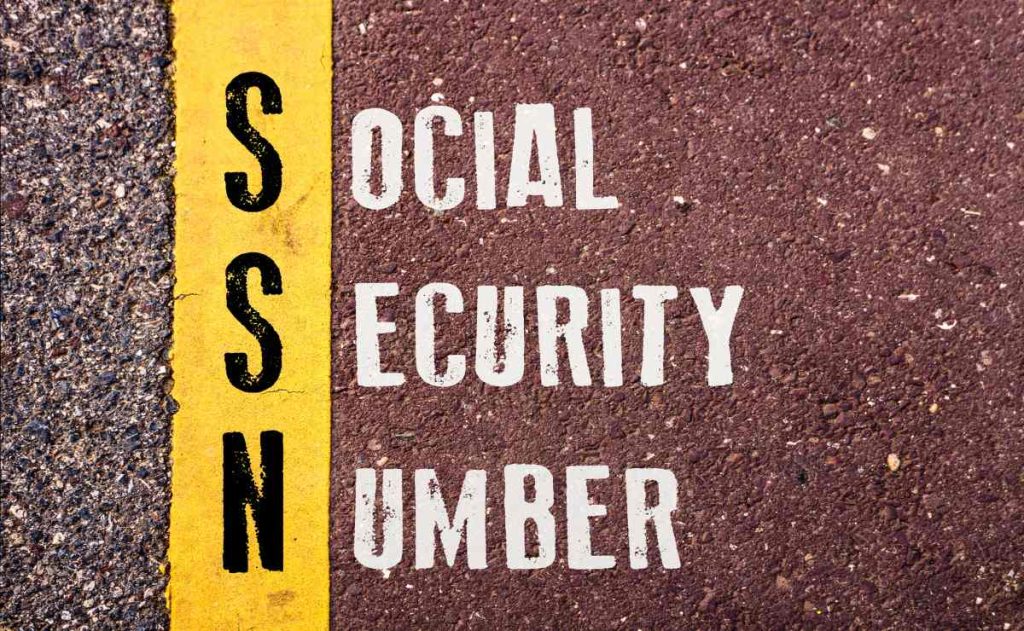Social Security extends beyond its role in providing benefits to retirees, the disabled, and their families; it has evolved into a fundamental aspect of American identity. In an era where memorizing phone numbers has been overshadowed by smartphones, the Social Security number has taken precedence as the first numeric sequence committed to memory.
Beyond its significance in obtaining Social Security benefits, this unique identifier plays a pivotal role in various facets of life. The IRS utilizes Social Security numbers for tracking tax returns and reporting for the majority of taxpayers. Financial institutions require this number for activities such as opening bank accounts or securing loans.
Decoding the enigmatic patterns in your Social Security number
Given the pervasive use of Social Security numbers, many individuals question whether there is any inherent meaning behind their specific combination. Surprisingly, for over 75 years, lesser-known codes played a role in determining the assignment of new Social Security numbers. Unveiling the mystery behind the meaning of your Social Security number, discover the secret codes that were once part of this process and understand why the federal government implemented changes to eliminate hidden meanings in the assignment of new numbers.
Upon the enactment of the Social Security Act in 1935, a pressing challenge for the government was devising a system to assign distinctive identifiers for every eligible American. The initial implementation involved nine-digit numbers, more than sufficient for the U.S. population ranging between 125 million and 130 million at the time.
The first three digits of the Social Security number signify the area number, with each U.S. state, territory, and possession allocated one or more specific area numbers. When individuals applied for a Social Security number at an office, the corresponding area number was incorporated into the identifier. By the 1970s, all new number issuances were centralized, with the area number representing the state of residence as indicated on the application. Special area numbers were initially designated for railroad workers under the distinct Railroad Retirement Act system.
In a manner akin to the assignment of postal zip codes, the area numbers followed a geographical progression. Commencing with lower numbers in New England and the Northeast, they increased as one moved southward and westward. However, as the initial numbers seldom exceeded the 500s, exact matches between zip codes and area numbers were infrequent. Additionally, as some areas exhausted their numbers, new ones were introduced.
The middle two digits of Social Security numbers constituted the group number, devoid of any demographic significance but reflecting the sequential order of number assignments. Initial group numbers comprised odd numbers from 01 to 09, succeeded by even numbers from 10 to 98, and further subdivisions into even numbers from 02 to 08 and odd numbers from 11 to 99.
Conclusively, the last four digits of the Social Security number denoted a strict chronological sequence within the area and group, with lower numbers indicating earlier assignments within the respective grouping.
Why the lack of significance in new Social Security numbers
In 2011, the Social Security Administration underwent a modernization shift, altering its approach to assigning new Social Security numbers. Presently, the SSA employs a randomized method, adhering to specific rules and validation procedures.
This transition served multiple purposes. Randomization allowed the SSA to optimize the utilization of available numbers, while also introducing certain identity protection benefits. Nevertheless, this shift necessitated a departure from the longstanding practice wherein financial institutions and other entities verified the legitimacy of a Social Security number.
Consequently, contemporary preteens and younger children will find no concealed meaning within their Social Security numbers. Conversely, for teenagers and adults, a moment of reflection on the digits of their Social Security number may provide insights into their personal history, even though the numbers themselves no longer carry inherent significance.
